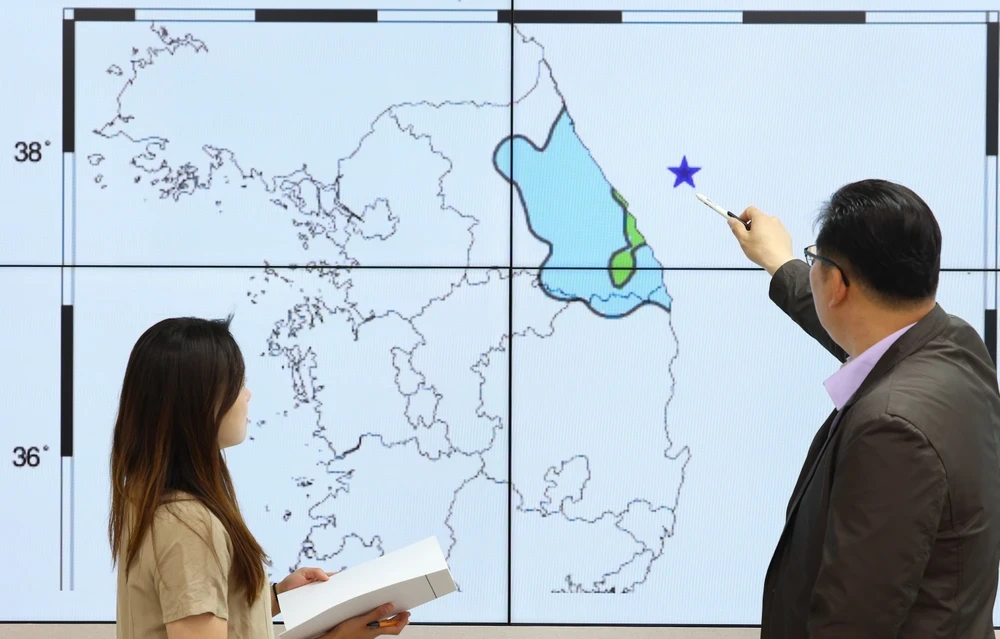According to the Korea Meteorological Administration, the 4.0 magnitude earthquake occurred at 4:55 a.m. on November 30 (local time), with a focal depth of 12 km, located 277 km southeast of the capital Seoul.

According to Yonhap news agency, on the morning of November 30, a magnitude 4.0 earthquake shook the city of Gyeongju, southeastern South Korea.
There are no reports of damage from the earthquake yet.
According to the Korea Meteorological Administration, the earthquake occurred at 4:55 a.m. on November 30 (local time), with a focal depth of 12 km, located 277 km southeast of the capital Seoul.
At 5:50 a.m. the same day, the agency recorded 5 aftershocks.
This is the second powerful earthquake to occur on the Korean Peninsula since the beginning of the year.
The South Korean fire department said it had received 107 reports of shaking as of 5 a.m. on November 30, but so far there had been no reports of casualties or damage.
The South Korean Ministry of the Interior has raised the alert level of the Central Disaster Management Agency to Level 1, the lowest in a three-tier warning system.
Prime Minister Han Duck-soo instructed relevant agencies to prepare disaster response measures.
The Ministry of the Interior of South Korea convened an emergency meeting to assess the aftermath of the earthquake. During the meeting, Minister Lee Sang-min instructed officials to prepare for emergency response, coordinate with related ministries and regional governments to promptly assess the damage situation and take necessary measures.
The location of the earthquake is close to the epicenter of the 5.8 magnitude earthquake that occurred on September 12, 2016. This was also the strongest earthquake in the history of earthquakes in Korea.
According to Vietnam+